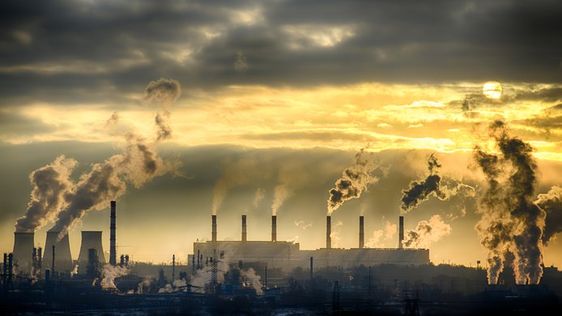The industrial sector plays a crucial role in a nation’s social value and development. However, it has significantly contributed to global greenhouse gas emissions, posing a challenge to meet the goal of a 50% reduction in carbon emissions by 2030 and achieving carbon neutrality by 2050.
Why Carbon Neutrality Matters
The shift towards a low-carbon future was a key focus at the recent COP 26 climate conference in Glasgow. Discussions on “decarbonization” and “climate change” aimed to ensure governments and companies worldwide commit to reducing greenhouse gas (GHG) emissions, especially carbon emissions, to combat global warming.
The industrial sector faces a colossal challenge, responsible for 23% of the U.S.’s GHG emissions and approximately 30% globally, including energy use. The significance lies in controlling carbon emissions, particularly carbon dioxide (CO2), a major contributor to global warming.
Legal Frameworks and Initiatives
Several countries have implemented laws and initiatives to achieve carbon neutrality:
- European Climate Law (2021): Enforcing the European Green Deal’s target, all EU countries aim for net-zero emissions by 2050.
- U.S. Rejoining the Paris Agreement (2021): The U.S. government, along with private sectors, is investing in clean technologies to achieve carbon neutrality by 2050, focusing on clean hydrogen and carbon capture technologies.
- UK Climate Change Act (2008): The UK sets emission reduction targets and plans to achieve a 78% reduction by 2035 and net-zero emissions by 2050.
Carbon Capture Methods
Reducing carbon dioxide (CO2) emissions, constituting about 90% of industrial GHG emissions, poses a significant challenge. Various industries are exploring strategies such as:
- CO2 Capture: Successful implementations, like in British Columbia, involve capturing concentrated CO2 steam from chimneys before releasing it into the atmosphere.
- CO2 Storage: Methods include mineral carbonation, injecting CO2 into depleted oil or gas fields, and ocean storage, where CO2 is dissolved deep below the ocean surface.
CO2 as a Raw Material
CO2 is being considered as a valuable raw material for chemical processes, providing potential solutions in pharmaceuticals and cosmetics.
Challenges and Adaptations
Achieving decarbonization requires resources, technological tools, infrastructure, and alternative solutions. Companies need to adapt processes, improve energy efficiency, and undergo carbon emission assessments. Digital technologies play a crucial role in monitoring and optimizing environmental performance.
In conclusion, while decarbonizing the industrial sector is a challenging and costly endeavor, it is vital for reducing global GHG emissions. Companies investing in green technologies and embracing corporate social responsibility contribute positively to the environment and communities, aligning with the goal of achieving carbon neutrality.

